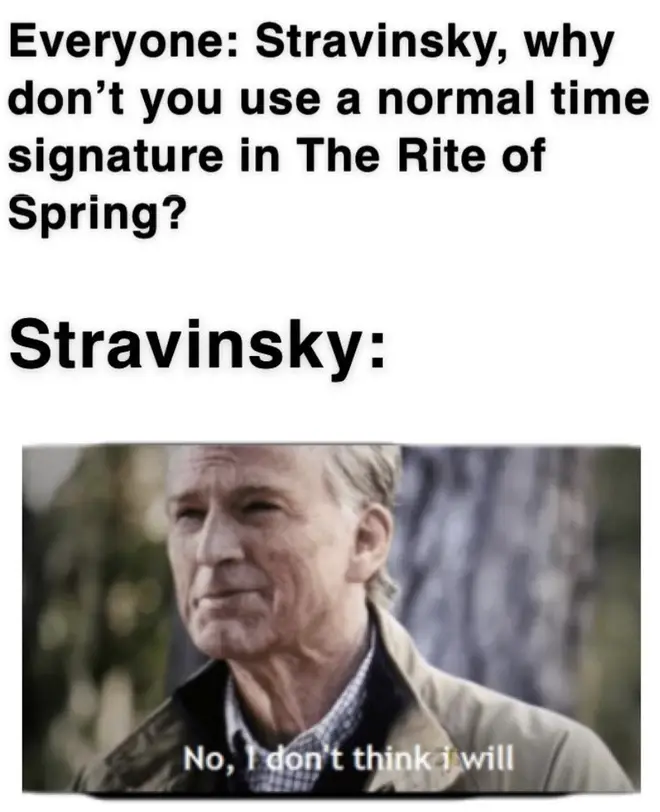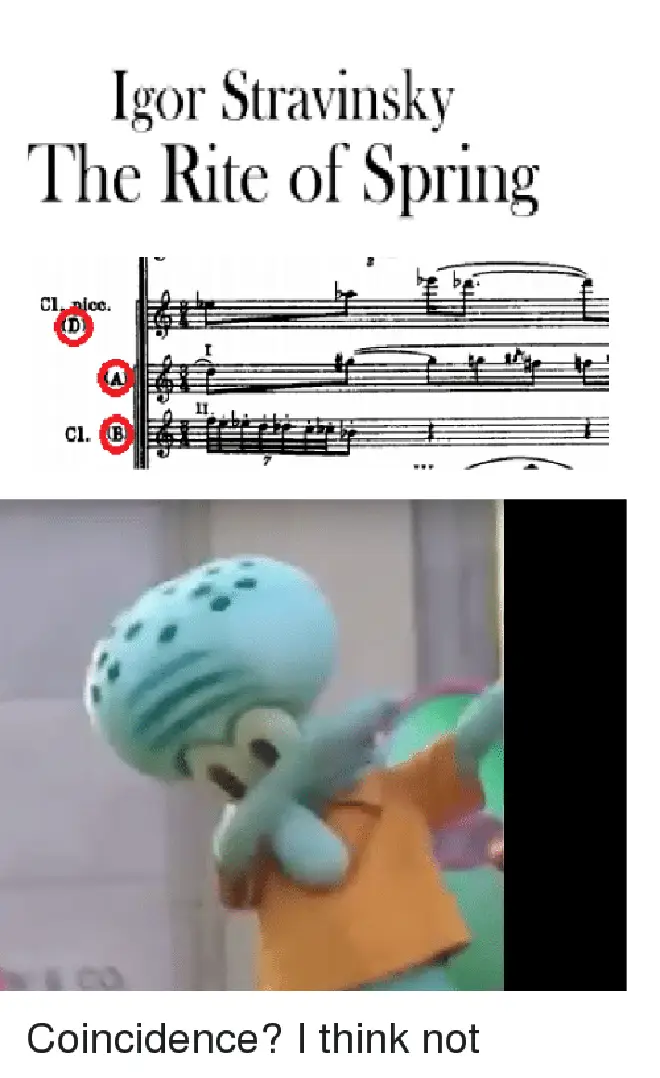On Air Now
Classic FM Breakfast with Tim Lihoreau 7am - 9am
1 February 2020, 12:42 | Updated: 1 February 2020, 12:58
Don’t worry about the textbooks and tutorials, memes are the real way to learn 1,000 years of music history
Benedictine abbess, writer, composer, philosopher, scientist, mystic, visionary, founder of scientific natural history in Germany, saint. Thoroughly awesome.
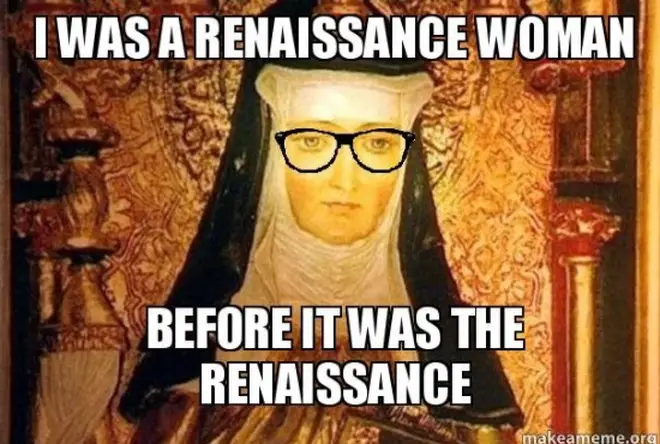
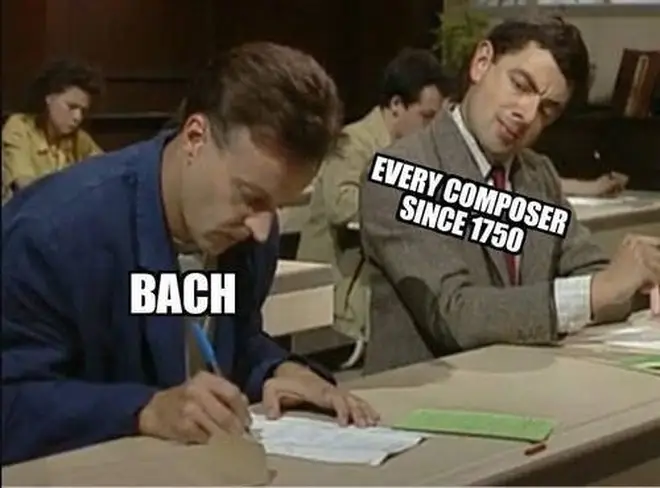
In the 17th and 18th century, Allegri's Miserere was regarded so sacred, The Catholic Church forbid any copies to be shared outside of the Sistine Chapel. That was until a 14-year-old Mozart came to hear it, and promptly went back to his Air B&B (or 18th-century equivalent) to copy it down note from note, from memory.

Maybe not so entirely historically accurate, but Emperor Joseph II's fascination with Mozart over Salieri made for a great storyline in Amadeus.
This symphony from Joseph Haydn was performed for the first time in 1772 in Eszterháza in rural Hungary. In it was a gentle hint to his employer Prince Nikolaus that his overworked musicians might like to return home to Austria. The final movement sees each musician stand up, extinguish the candle on their music stand and leave the room in turn until only a pair of violins remain. (Prince Nikolaus let the musos return home the following day)
Ludwig van Beethoven still composed musical masterpieces – even when he was completely deaf. For those interested, here's why he was able to do it.
Johannes said that the Symphony Op. 68 (from first sketches to finishing touches) took him 21 years, from 1855 to 1876. That's a lot of putting it off...
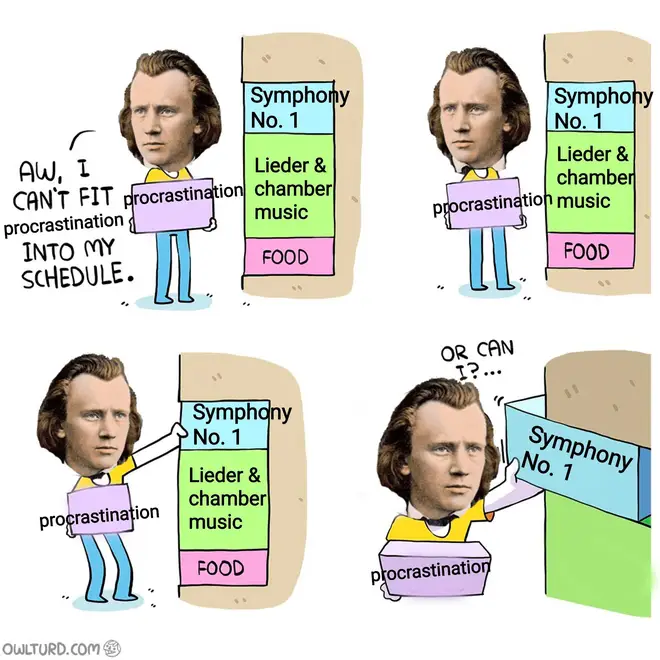
After all those years, Brahms’ Symphony No. 1 was very good. In fact, it was so good, many thought it sounded as if it could have been written by Beethoven. That's what you get when you write in C minor.
The Russian composer's 1812 Overture, written in 1880, depicts in music the Russian defence against Napoleon's invading forces in 1812. And it famously has cannons firing in its finale.
Rachmaninov's piano writing is famously full of big intervals and rapid notes – 10ths are not uncommon. The odd 11th too. Eek.
Brutal authoritarian and great composer clash. And every time we listen to a Shostakovich symphony, he continues to win.
Stravinsky's ballet score, in particular the Sacrificial Dance, pushed the boundaries of musical form and convention. Irregular time signatures like 3/16, 2/16, 2/8, 5/16 and 3/8 created quite a stir at its premiere and altered the course of music history.
